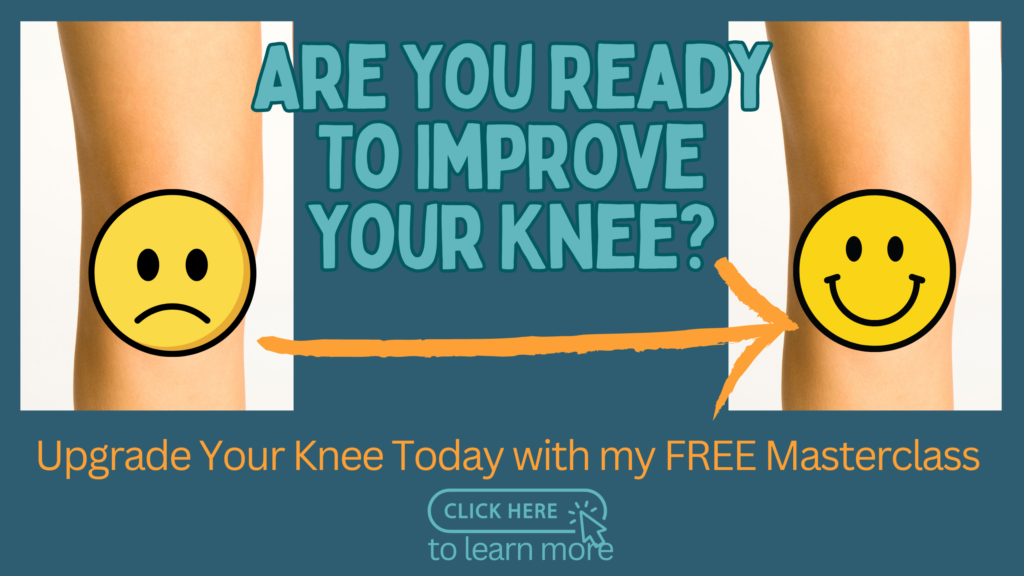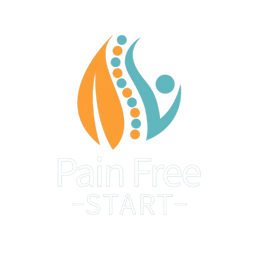Osteoarthritis is a condition I frequently see in my clinic, and rightly so. Too many people assume that once diagnosed, they have no choice but to endure the pain until surgery becomes inevitable. This is simply not true. With the right advice and exercises, you can achieve life-changing results. In this blog, we’ll explore osteoarthritis in detail and discuss practical steps to manage it effectively.
What is Osteoarthritis (OA)?
Osteoarthritis is a degenerative joint disease that occurs when the protective cartilage cushioning the ends of bones wears down over time. This leads to pain, stiffness, and swelling in the affected joint. It is the most common form of arthritis, affecting millions of people in the UK and worldwide.
Causes of Osteoarthritis
While the exact cause of osteoarthritis is unknown, several risk factors can increase the likelihood of developing the condition:
- Age: OA risk increases with age, with most cases occurring in people over 50.
- Genetics: Some individuals are genetically predisposed to developing OA.
- Obesity: Excess weight places additional stress on joints, particularly weight-bearing ones like knees and hips.
- Joint Injuries: Previous injuries or repetitive overuse can contribute to cartilage breakdown.
- Occupation: Jobs involving repetitive movements or heavy lifting can increase OA risk.
Common Symptoms of Osteoarthritis
OA symptoms vary depending on severity and the affected joint. Typical symptoms include:
- Pain: Joints may feel achy, stiff, or tender.
- Stiffness: Often worse in the morning or after prolonged inactivity.
- Swelling: Joints may appear swollen or feel warm.
- Limited Range of Motion: Reduced flexibility can make daily activities difficult.
- Clicking or Popping Sounds (Crepitus): Affected joints may make noises when moved.
Who is Affected by OA?
Osteoarthritis can affect anyone but is most common in people over 50. Women are more likely than men to develop OA, and individuals in physically demanding jobs or sports are at higher risk.
In the UK, around 8.75 million people seek treatment for osteoarthritis, with approximately 33% of those over 45 showing symptoms.

ARTHRITIC KNEE? join my FREE Masterclass where I share exercises, tips and more. Click here to learn more and enrol.
Effective Treatment Options for Osteoarthritis
Although there is no cure for OA, proper management can reduce pain, improve function, and slow its progression. Here are the best treatment strategies:
1. Physiotherapy & Exercise
- Targeted exercises and stretches improve joint strength, flexibility, and function.
- Correcting joint alignment (biomechanics) reduces strain, easing pain and improving movement.
- My Pain-Free Body Program is designed to gently strengthen and support your body, offloading arthritic joints and enhancing function.
- My Arthritic Knee Program uses exercise and management strategies to UPGRADE your knee.
- My Pain Free Back Program will be ideal for any of you struggling with an arthritic back. This complete program includes exercise and management strategies for a strong, dependable back.
- Read my blog – Exercising with Osteoarthritis: Benefits & 6 Essential Tips
2. Lifestyle Modifications
- Weight management: Reducing excess weight eases joint strain. The Impact of Body Weight on Joint Health: Why Every Pound Matters
- Activity pacing: Avoid repetitive movements and high-impact activities.
- Assistive devices: Walking aids such as sticks, crutches, or frames help reduce joint stress. Guide to Walking Aids: Sticks, Crutches, and Walking Frames
3. Pain Relief Strategies
- Heat & Ice Therapy: Helps alleviate discomfort in affected joints.
- Medications: Consult a doctor or pharmacist to find the most effective pain relief. Be patient, as different medications work for different individuals.
4. Surgical Intervention
In severe cases, joint replacement surgery may be necessary to replace damaged joints with artificial ones.
Learn more about options in these blogs.
Medical Treatments for Knee Arthritis: An Overview
Could I Avoid a Knee Replacement With Physio?
Conclusion
Osteoarthritis is a common condition affecting millions, but there is much you can do to manage it effectively. With the right exercises, treatments, and lifestyle adjustments, you can reduce pain, improve joint function, and maintain an active life. If you are experiencing joint pain or stiffness, consult a healthcare professional for personalised advice. I’m here if you need with support allowing you to take proactive steps towards a stronger, healthier body.
Take care, Helen
Helen Manders BSc (Hons) MCSP HCPC
Chartered Physiotherapist Since 2001
P.S. I would LOVE to help you move forwards with pain or injury.
Click here to find out how I can support you.



